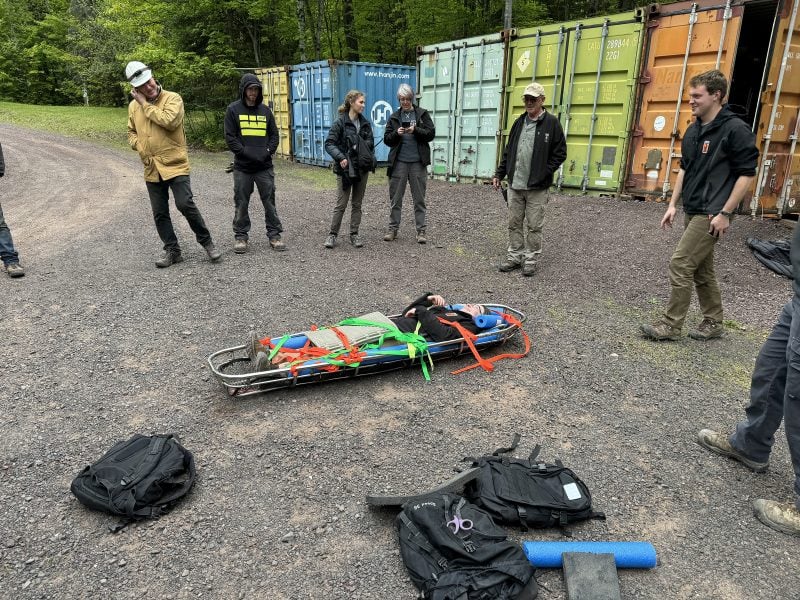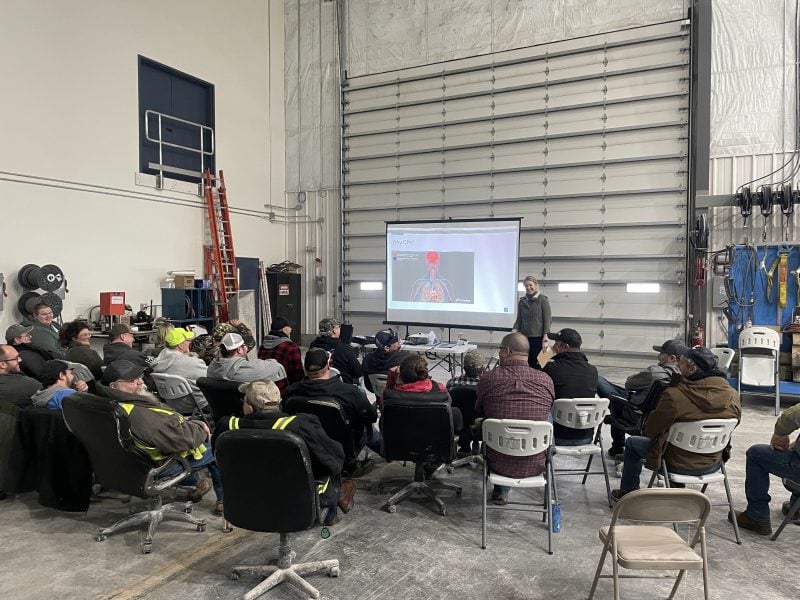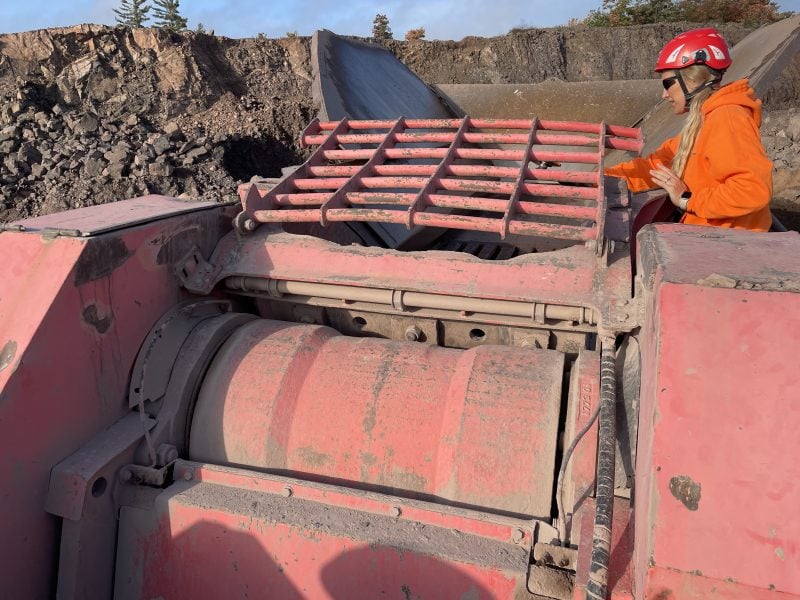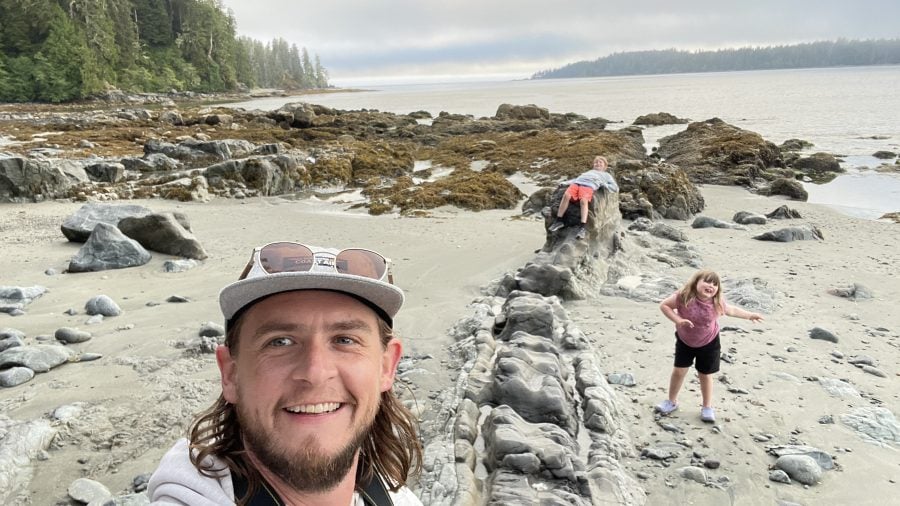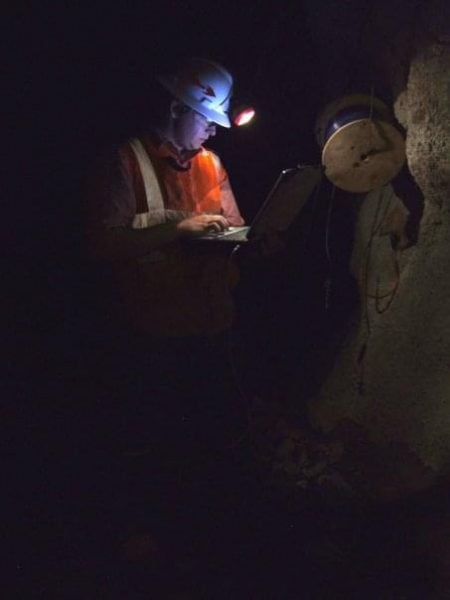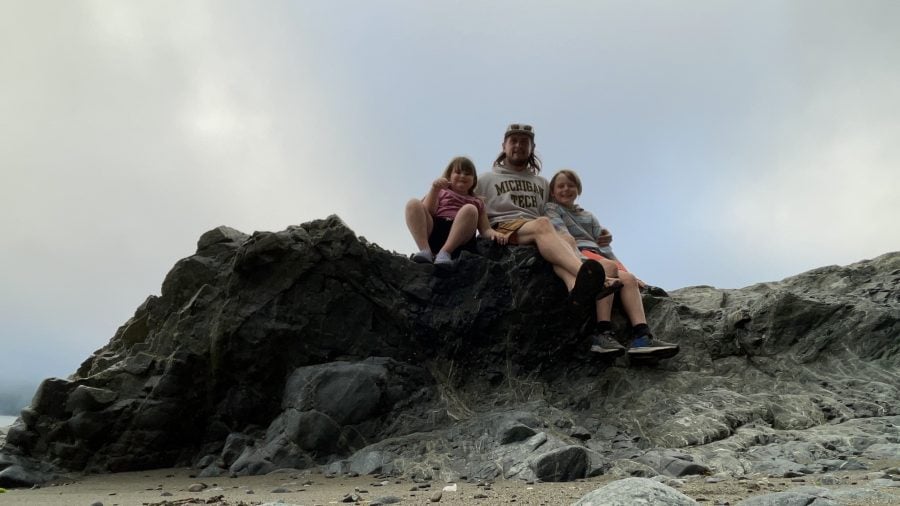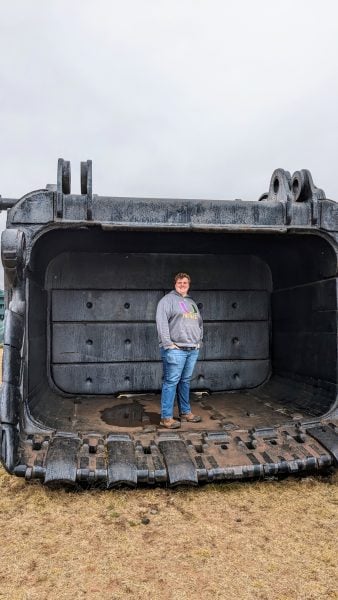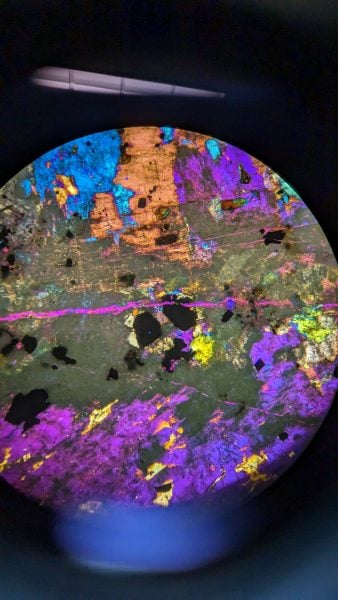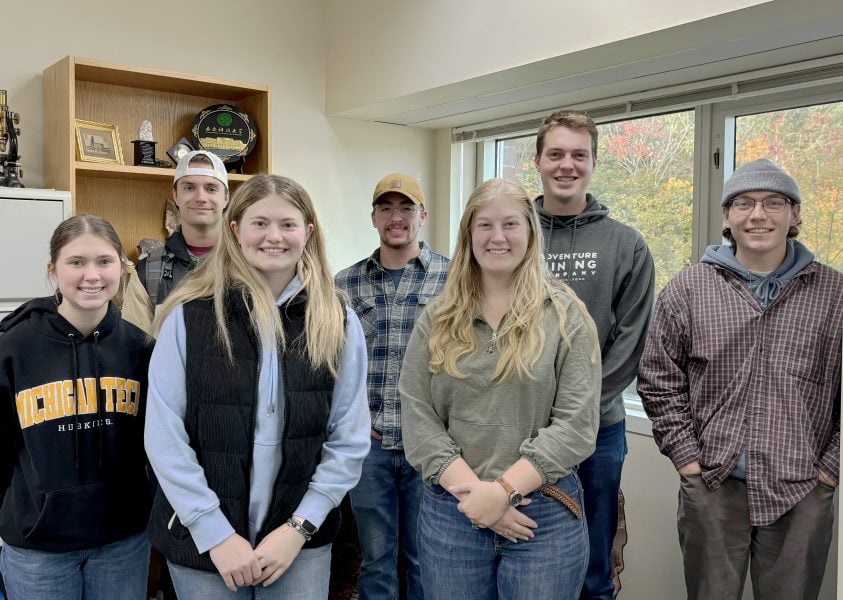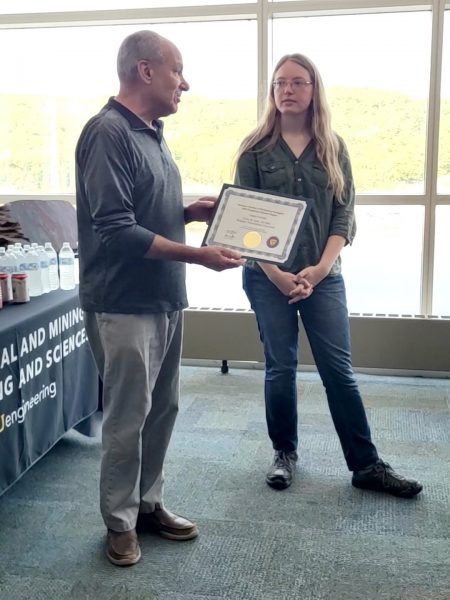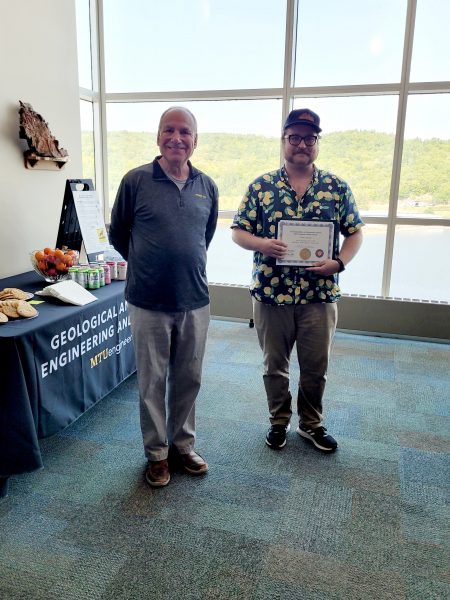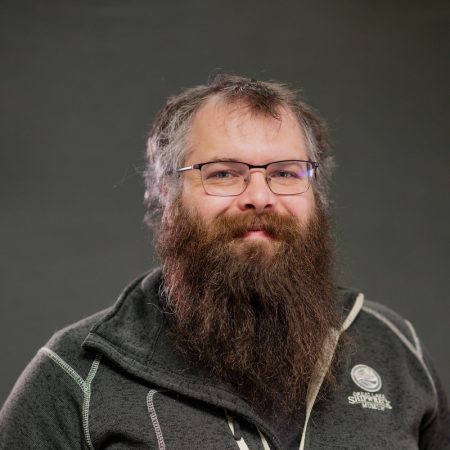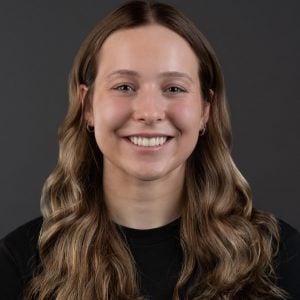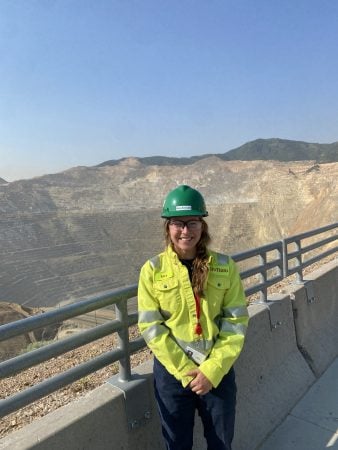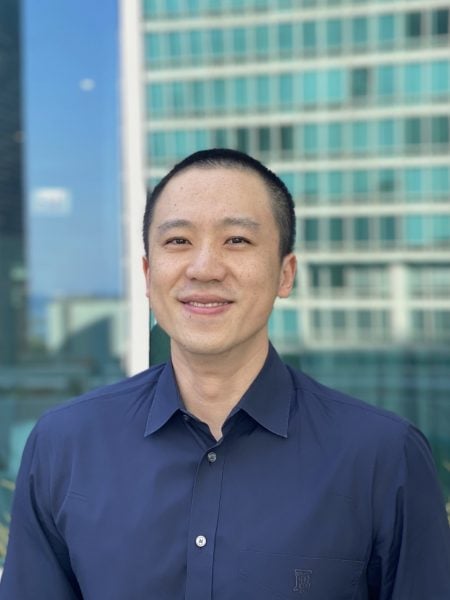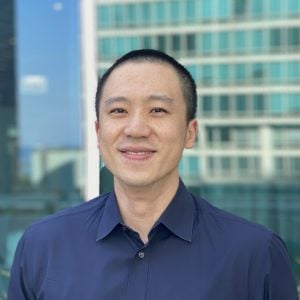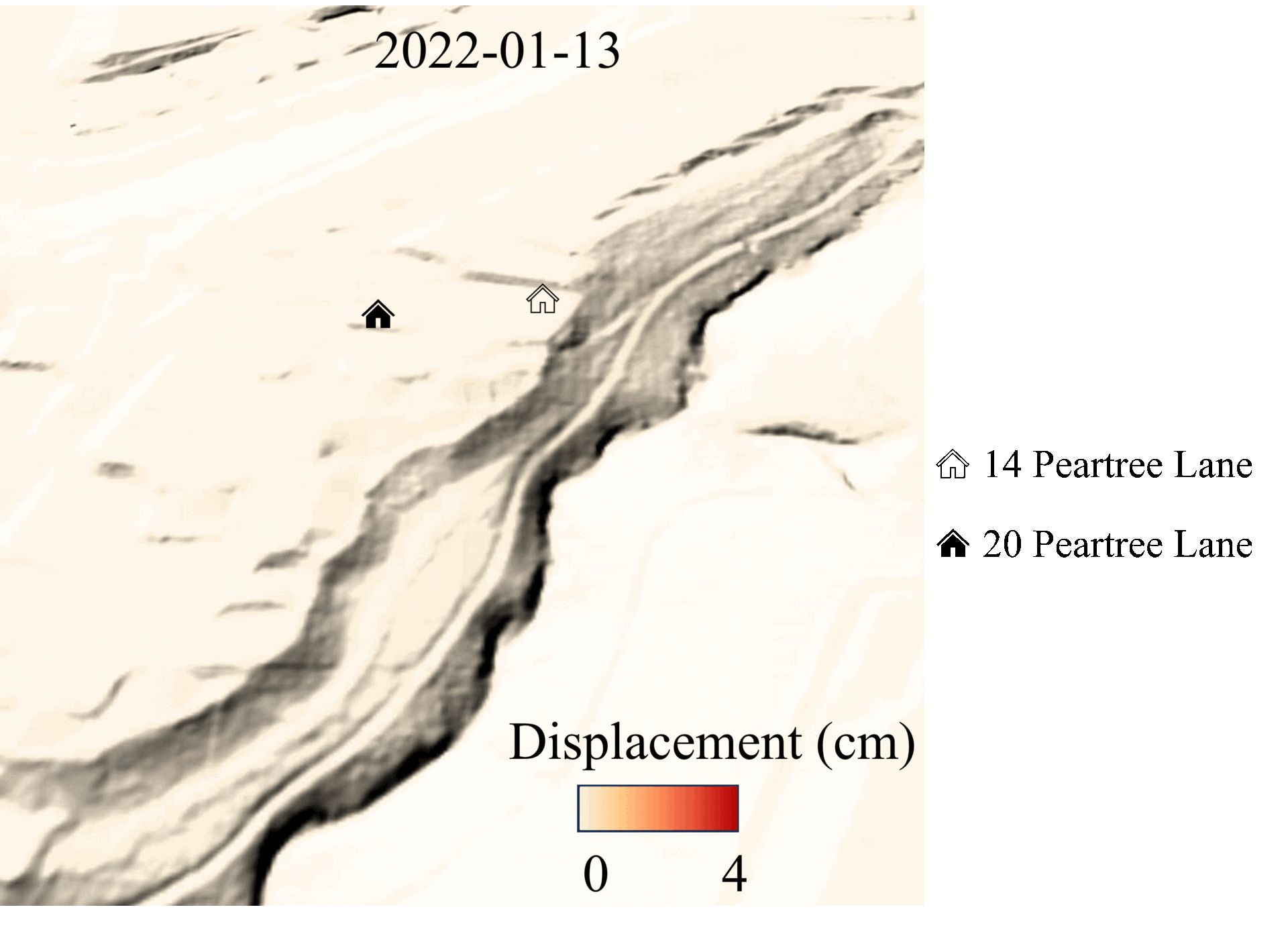Michigan Technological University (MTU) is proud to announce that it has been awarded $283,429 from the U.S. Department of Labor’s Mine Safety and Health Administration (MSHA) as part of a nationwide $10.5 million grant initiative. The funding will support the 2024 Michigan Mine Safety and Health State Grants Training program, aimed at reducing mine accidents, injuries, and illnesses through targeted safety training efforts. Led by Matthew Portfleet from the Department of Geological and Mining Engineering and Sciences (GMES) and the Institute of Mining Professionals (IMP), this project will play a key role in enhancing safety protocols and promoting a strong safety culture within the mining industry.
Michigan Tech has long been a leader in mining research and education, with a legacy rooted in decades of innovation within its College of Engineering and GMES. The university’s expertise spans the development of cutting-edge mining technologies, environmental stewardship, and safety best practices. Through strategic collaborations with industry leaders, government agencies, and safety organizations, Michigan Tech is vital in advancing mine safety standards nationwide.
The newly awarded funding will expand training programs to mitigate common mining hazards such as equipment failures, hazardous materials, and unsafe work practices. These efforts align with MichiganTech’ss mission to provide practical solutions and research-driven insights to improve mining practices. By supporting these training programs, the university is helping ensure that the future of mining remains safer for workers and communities alike.
This grant highlights MichiganTech’s commitment to shaping the future of mining safety. With continued support from MSHA, the university will further its efforts to reduce risks and significantly impact the mining industry’s safety practices nationwide. For more information, the U.S. Department of Labor and Pit & Quarry both featured Michigan Tech in their coverage of MSHA’s $10.5 million grant initiative.
